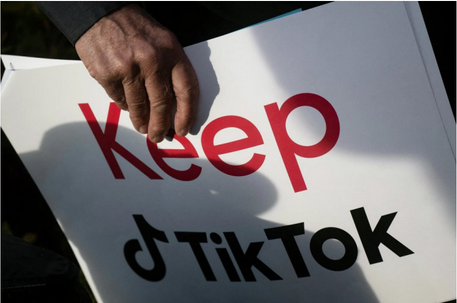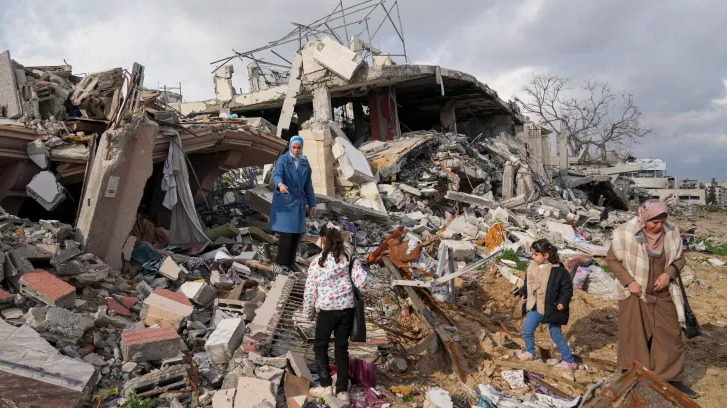Understanding the cGAS-STING Pathway in Cancer Prevention
Cancer cells divide constantly and accumulate DNA damage, yet they often escape detection by the immune system. Dr. Gaorav Gupta and his team at the UNC School of Medicine have been studying how cancer cells manage to do this.
Their recent research, published in Nature, sheds light on the cGAS-STING pathway, a crucial part of the immune response that detects DNA damage and prevents cancer.
How the cGAS Pathway Works
Normally, the enzyme cGAS, which alerts the immune system to threats like viruses and damaged cells, is inactive to prevent excessive inflammation. It’s locked up in a complex with histones, the proteins around which DNA is wrapped.
Dr. Gupta’s team found that MRE11, a protein that recognizes broken DNA, can unlock cGAS from its histone bindings, activating it.
Implications for Cancer Treatment
When MRE11 and cGAS work together, they trigger a type of cell death called necroptosis. This process helps the immune system by marking the cells for removal before they can turn into cancer. Dr. Gupta’s research is now guiding clinical trials at UNC, looking at how combining radiation and immunotherapy might better activate this pathway to treat breast cancer effectively.
This research not only increases our understanding of how the immune system targets cancer but also points to new ways to prevent and treat the disease using immunotherapy.
To learn more, read this article! https://news.unchealthcare.org/2024/01/scientists-find-key-to-potential-breast-cancer-prevention-treatment/







